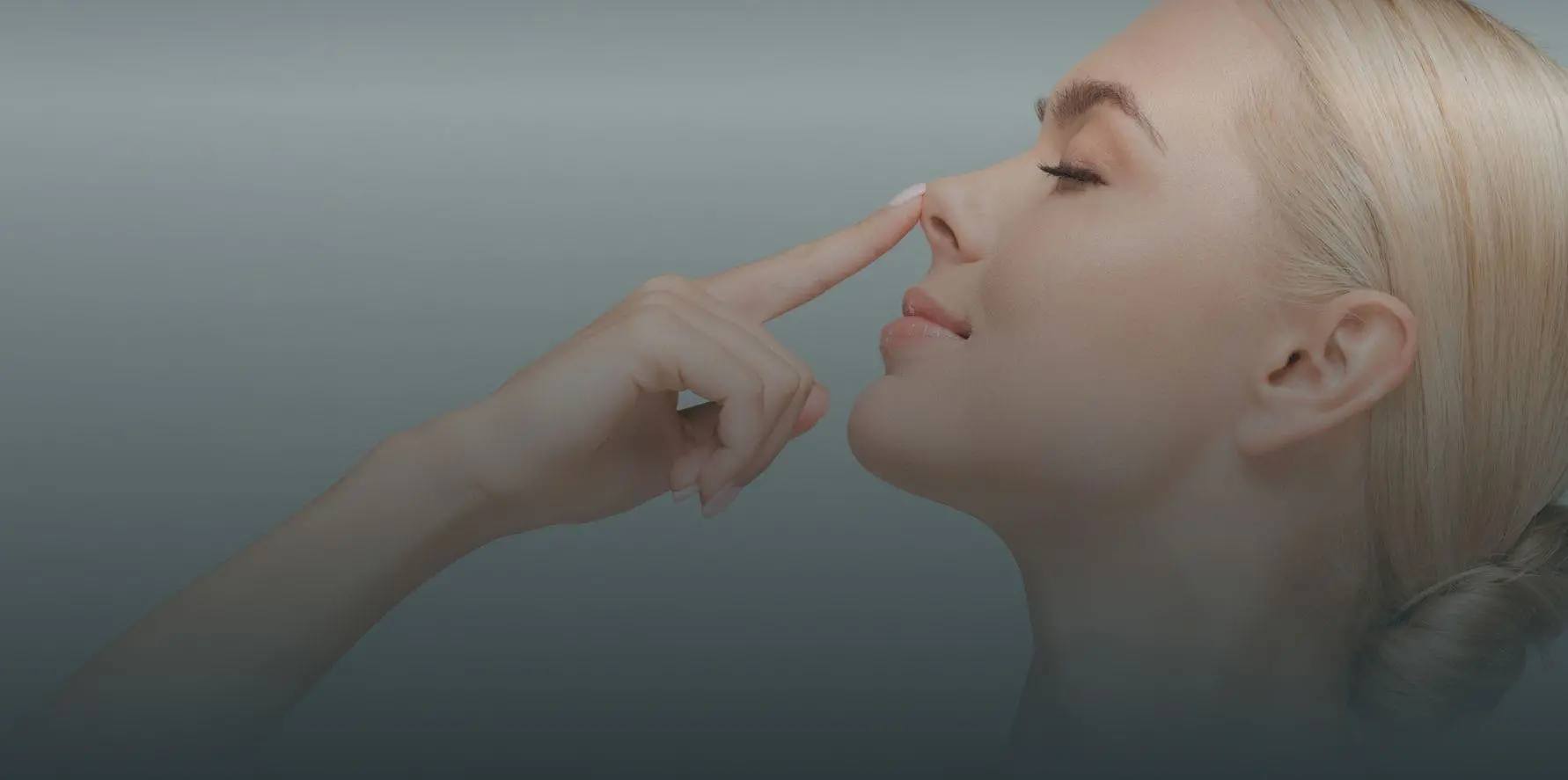Like any surgical procedure, there are also certain risks associated with a nose correction. Possible complications and risks can vary greatly depending on the type of treatment or the nasal surgery performed. During a personal consultation, we will discuss your nose correction and the risks involved in your case. Rhinoplasty is generally considered one of the most technically demanding cosmetic operations. Swelling, bruising around the eyes, cheeks and nose are normal consequences that disappear after a few weeks. Wound healing disorders, secondary bleeding and a temporary or permanent, restricted respiratory function can occur as possible risks after a nose correction.
In about 10 percent of patients, further corrections may be necessary after nose surgery due to deformities or irregularities. In most cases, nose corrections involve incisions inside the nose, so that no scars are visible externally after the nose surgery. However, certain surgical techniques may also require external incisions. If this is the case, the incisions are made in less conspicuous areas of the face, so there are virtually no scars after the nose correction. Some of these treatments carry more risks than others and even if some of them are rather unlikely or harmless or well treatable, it is important to inform the patient in detail.
Allergic reactions and intolerances are determined in advance, so that this type of risk can be excluded beforehand. Normal accompanying symptoms, which can manifest themselves differently depending on the patient, are swelling and bruising. Very rarely, slight itching or pressure sensitivity of the skin occurs after a facelift, which disappears completely within a few days. Possible risks that the surgical procedure for a facelift may entail are bleeding, secondary bleeding, circulatory disorders, infections, wound healing disorders or even sensitivity disorders of the skin.
The general risks include the danger of thrombosis, which basically exists with every operation, and the worsening of an already existing, possibly as yet unknown, disease. Information must also be provided in advance about the loss of facial nerves as a possible risk. If smaller branches are affected, nerve function usually regenerates within two to three months. A numb feeling in the first days after the operation is completely normal. In general, it is important to follow certain behaviour patterns after a facelift to avoid possible risks and to positively influence the healing process. In the first few days, the facial expressions should be used as little as possible and swellings should be cooled.
Physical exertion should generally be avoided, as should saunas, swimming pools and sunlight. If all the instructions are followed, the patient is completely ready to resume social activities again within a few days and can look forward to a beautiful result. Possible scars are well hidden due to the incision technique used, and depending on the facelift method, may fade or even disappear after a certain period of time. In the rarest of cases, scars can proliferate excessively if the patient is predisposed.












